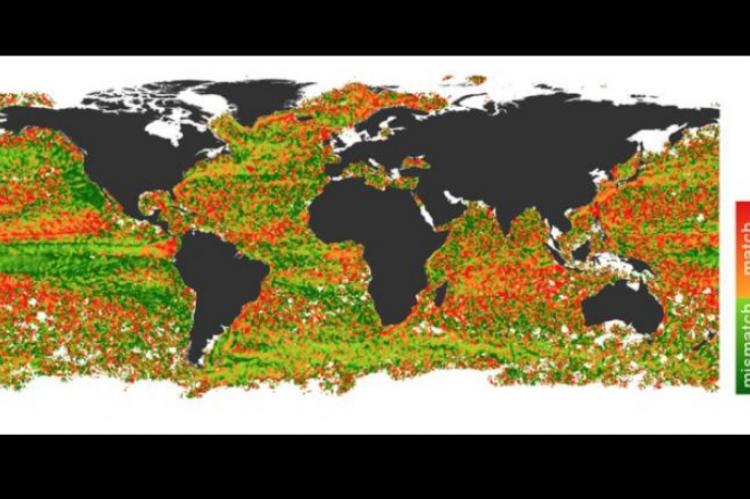How ocean currents and climate change affect species distribution
Rresearch has shed light into how the distribution of species can change due to the relationship between climate change and ocean currents.
Climate change causes animal species to migrate to new locations where conditions are more tolerable. On a global scale, this leads to a shift in their geographical range, affecting ecosystems and giving rise to serious ramifications for humans.
However, it is difficult to predict how such shifts will turn out, due to the multiple complex interactions between the climate and existing human, environmental and biological factors.
Dr Jorge Garcia Molinos from the Arctic Research Center of Hokkaido University and his collaborators in the UK and Germany have come up with a simple metric that captures the directional relationship between the surface ocean currents and warming.
“External directional forces, such as water and air currents, are one of those important but overlooked processes that act as conveyor belts facilitating or hindering the dispersion of species. How the movement of climate relates to the movement of water can offer valuable insight to better understand how species track a shifting climate,” said Dr Garcia Molinos.
The team used their new metric in combination with other parameters to build an explanatory model for 270 range shifts in marine biota reported worldwide. They discovered that when ocean currents matched the direction of warming, species expanded their range faster.
According to Dr Garcia Molinos, “We were expecting ocean currents to be most influential at the leading 'cold' edge of a species' range, where warming represents an opportunity for the expansion of its range.”
Surprisingly, matching ocean currents and warming slowed range contractions – or the rate of withdrawal – at the "warm" edges. A possible reason for this was how currents link local populations within a species' range. Populations of the same species living in warmer waters are naturally adapted to higher temperatures compared to those in colder waters.
Where currents move in the same direction as warming, populations adapted to warmer conditions would seed individuals into those thriving in cooler waters. This may give rise to increased genetic variation and adaptation to warming, therefore slowing the contraction rates.


